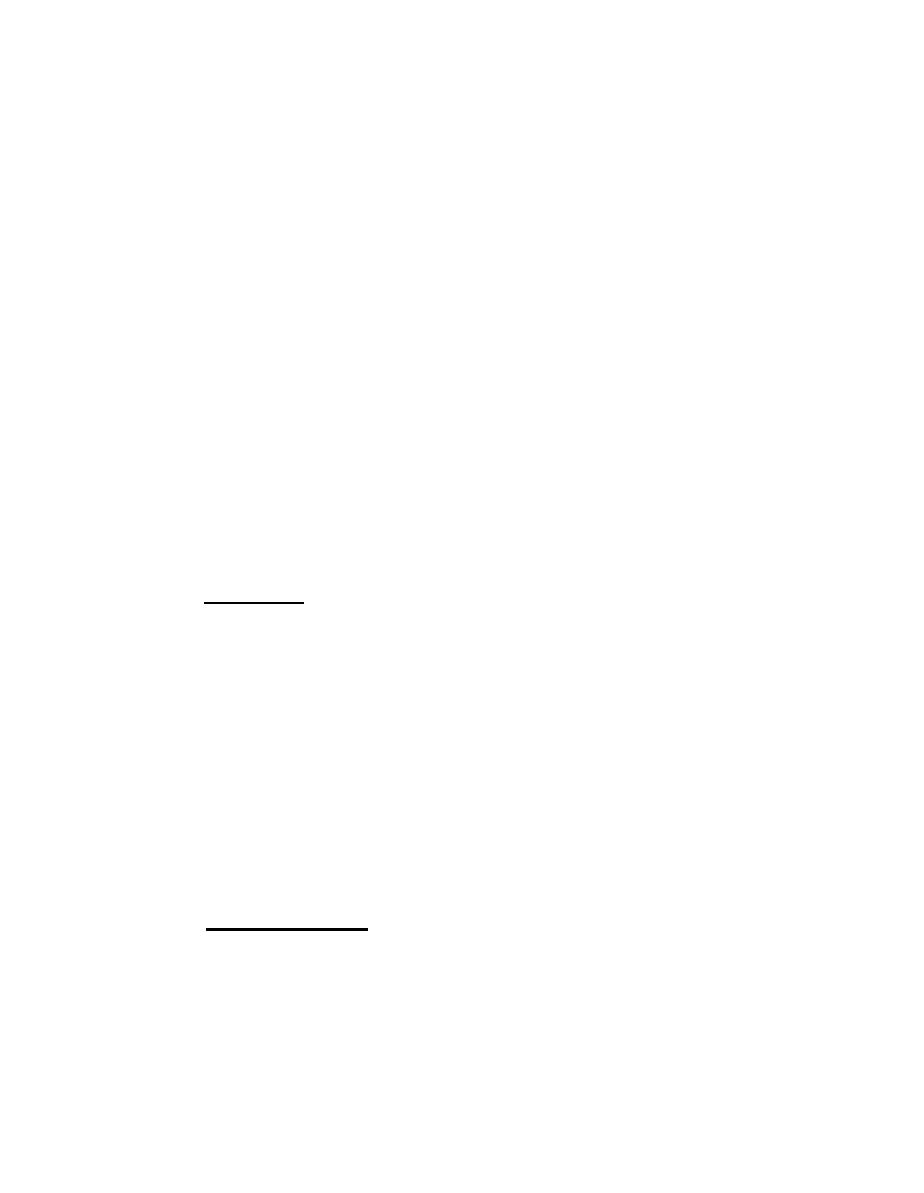

Custom Search
|
|

|
||
 MIL-HDBK-1027/3B
Change 1, 30 June 1995
achieve the slope. The top of the berm shall be at an elevation that is 1.5
meters above the point where the highest line of direct fire can strike the
berm.
(2) Outdoor bullet traps can be constructed by placing the last
vertical OB over the last target line and placing a sloped baffle to connect
from the top of the earth berm to the back of the last vertical OB. The
bottom of this lower sloped OB shall be 0.50 meter above the highest point on
the berm where DF might strike. Vegetation will not grow on the berm so more
frequent maintenance will be required. See Figure 2.2.14 for material and
construction details. Address rainfall runoff from sloped baffle onto berm.
(3) Hybrids may be possible. Any means of providing slope
stability, round and ricochet control , and surface screening may be presented
to NAVFACENGCOM Code 15C at an early design stage for approval and comments.
Some methods are: (1) gabions to make the berm surface vertical
faced with two overlapping rows of automobile tires stacked on top of each
other to elevation plus 2.0 meters FLFS; or (2) constructing a "Venetian
blind" bullet deflector made from steel supports with interchangeable steel
slats set in a concrete floor slab; or (3) commercial available steel bullet
traps or reprocessed rubber products.
2.2.11.6 Range Floor. The surface shall be graded smooth and sloped for
storm drainage. The floor should be graded side to side at between 1 and 2
percent. Use very shallow swales in the surface area. Place culverts and
pipes in protected locations with collection points where runoff can be
monitored and controlled for lead contamination, if required. Consider
subdrains. Provide erosion control vegetation that can be maintained at a low
height. Refer to par. 2.2.5.3.
Types "0" and "PB" ranges may use a 100 mm thick pea gravel
a)
surface.
b) Concrete walks with edges exposed to the FL are discouraged.
c) Type "FB" ranges require a clean, smooth surface that minimizes
deflected RC. The RC is intended to end up in the bullet trap. No large
foreign objects are permitted. Entire surface may be 100 mm thick portland
cement concrete.
2.2.11.7 Ballistic Material. The purpose of this material is to absorb,
deflect, or fragment the rounds. Material for baffles on Types "PB" and "FB"
ranges is shown in Figure 2.2.10. Wood that is used shall be of middle grade
exterior timber or plywood. Timber in contact with the ground shall be
pressure treated for the purpose. Avoid exposed connectors if possible.
Alternative commercial products may be used, contact NAVFACENGCOM Code 15C.
Refer to Table 5 for thickness of various materials.
28
|
 |
|
 |
||